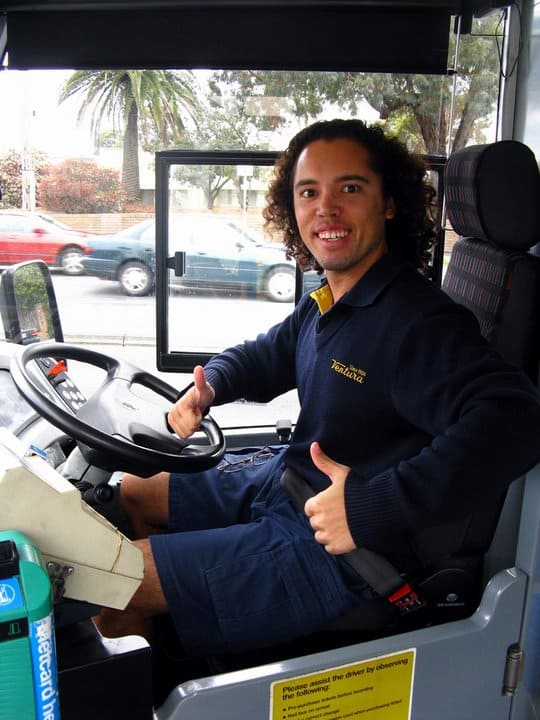Starting at a new school like this independent school in Cheshire is a big milestone for both children and parents and taking the school bus can be one of the most daunting aspects of this new chapter. Riding the bus means navigating new social situations, being away from the immediate supervision of teachers or parents, and adapting to a new routine. However, with the right support and preparation, you can help your child build the confidence they need to take the school bus with ease.
Start with a Positive Attitude

Your attitude towards the school bus can greatly influence your child’s perception. Speak positively about the bus ride, highlighting the fun aspects like making new friends, enjoying the ride, and having a bit of independence. If you show enthusiasm and confidence, your child is more likely to feel the same way.
Familiarise Them with the Bus Routine
Before the first day of school, explain the bus routine to your child in detail. Walk them through the steps, from waiting at the bus stop to finding a seat and getting off at school. If possible, visit the bus stop together and even watch the bus arrive and depart a few times to help them get used to the idea.
Meet the Bus Driver
If your school allows it, introduce your child to the bus driver before school starts. A friendly face can make a big difference in easing any anxieties. Knowing that the driver is someone you trust can also provide an extra layer of reassurance for your child.
Role-Play Scenarios
Role-playing different scenarios can help your child feel more prepared and confident. Practise how to get on and off the bus, what to do if they can’t find a seat, or how to handle any minor issues that might arise, such as another child being unkind. This can help them feel more in control and ready to handle various situations.
Establish a Buddy System
If possible, arrange for your child to ride the bus with a friend or an older sibling. Knowing someone on the bus can provide a sense of security and make the experience more enjoyable. If they don’t have a bus buddy, encourage them to introduce themselves to other children at the bus stop.
Create a Morning Routine
A consistent morning routine can help reduce stress and anxiety. Make sure your child knows what time they need to be ready and what they need to do each morning before heading to the bus stop. Having a predictable routine can provide a sense of stability and control.
Discuss Safety Rules
Talk to your child about bus safety rules, such as staying seated while the bus is moving, keeping the aisle clear, and listening to the bus driver. Understanding these rules can help your child feel more confident and secure on the bus.
Stay Calm and Supportive
On the first few days, show your support by accompanying your child to the bus stop. Offer words of encouragement and reassurance, but try to stay calm and composed. If your child sees that you are confident in their ability to take the bus, they will likely feel more confident themselves.
Encourage Independence Gradually
If your child is hesitant, consider gradually increasing their independence. Start by walking with them to the bus stop, then gradually step back, allowing them to walk a short distance ahead. Over time, they will become more comfortable with the routine and gain confidence in their ability to manage on their own.
Reflect and Celebrate
After the first few bus rides, take time to reflect on the experience with your child. Ask them how it went and address any concerns they might have. Celebrate their success and acknowledge their bravery in taking this big step.
Taking the school bus for the first time is a significant milestone in your child’s journey towards independence. With the right preparation and support, you can help them build the confidence they need to navigate this new experience successfully. By fostering a positive attitude, establishing a routine, and providing reassurance, you can turn the school bus ride into a positive and empowering experience for your child. Remember, your encouragement and support are key to helping your child develop the confidence they need to embrace new challenges with confidence and enthusiasm.



